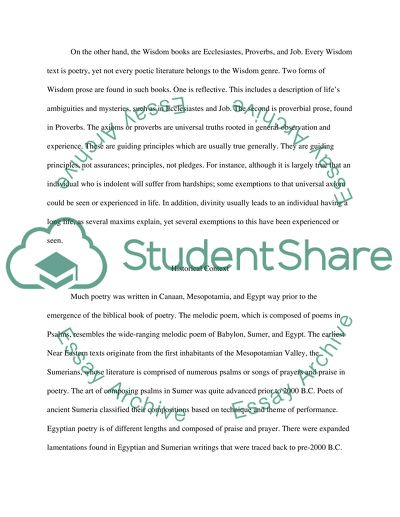Cite this document
(“Comparative essay that focuses on two different genres from the Old”, n.d.)
Retrieved from https://studentshare.org/religion-and-theology/1693602-comparative-essay-that-focuses-on-two-different-genres-from-the-old-testament
Retrieved from https://studentshare.org/religion-and-theology/1693602-comparative-essay-that-focuses-on-two-different-genres-from-the-old-testament
(Comparative Essay That Focuses on Two Different Genres from the Old)
https://studentshare.org/religion-and-theology/1693602-comparative-essay-that-focuses-on-two-different-genres-from-the-old-testament.
https://studentshare.org/religion-and-theology/1693602-comparative-essay-that-focuses-on-two-different-genres-from-the-old-testament.
“Comparative Essay That Focuses on Two Different Genres from the Old”, n.d. https://studentshare.org/religion-and-theology/1693602-comparative-essay-that-focuses-on-two-different-genres-from-the-old-testament.


